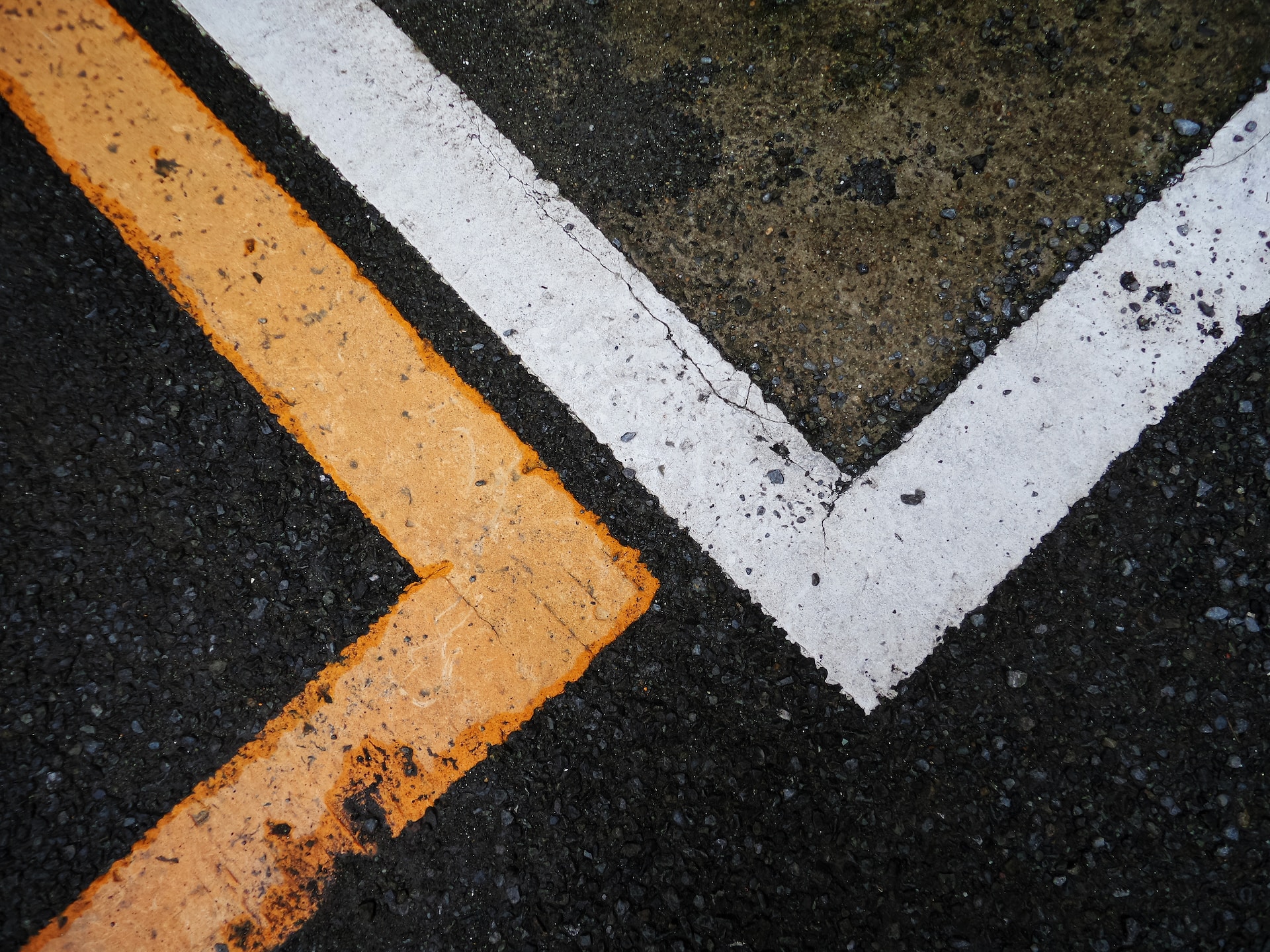
When you’re driving down the road or preparing to take off in an airplane, it’s easy to not pay much attention to the black paved surface underneath you. Yet, those surfaces have a lot more to them than meets the eye.
Tarmac (or tarmacadam, as it’s also known) is an exceptionally strong and versatile paving material. But why is it so popular?
Durability
Tarmac is an incredibly durable material, especially when it’s laid correctly by a team of professionals. It can withstand heavy loads, constant traffic and various weather conditions.
Its robust structure, created from the combination of aggregate, binder and filler, is what makes tarmac so popular. This combination also enables it to be adapted to suit different construction projects. For example, porous tarmac allows water to pass through it, which helps manage stormwater runoff and recharge groundwater supplies.
Moreover, tarmac dries quickly following installation and tarmac resurfacing, which means roads or car parks can be used again sooner. This is important, as it minimises disruption and translates into cost savings for businesses.
Easy To Maintain
The use of tarmac for driveways is popular because it’s hard-wearing and long-lasting. It’s also easy to maintain and can be laid quickly and easily, especially over existing surfaces.
The tarmac surface is made up of aggregate, binder, and filler. Aggregate forms the bulk of tarmac and helps to create its strength. Binder, traditionally coal tar, holds the aggregate together and allows it to withstand heavy loads and fluctuating temperatures. Filler provides additional support, further enhancing tarmac’s strength and durability.
Affordability
Tarmac is a cost-effective option when compared to other paving materials, making it a popular choice for a variety of construction projects. In addition, tarmac is easy to install and maintain, which further contributes to its affordability.
Invented by John Loudon McAdam, macadamization is a road construction method in which crushed stone is held together with tar. It’s this combination of tar and macadam that led to the creation of tarmacadam, which was shortened to tarmac.
Today, tarmac is used to surface roads, airport runways, car parks, and driveways. Its popularity can be attributed to its durability, strength, and versatility. Its ability to withstand various weather conditions also makes it a great choice for use in the UK.
Versatility
Tarmac offers a cost-effective solution for construction projects. Its affordability and long lifespan make it an economical choice for commercial and residential driveways alike. Additionally, tarmac can be installed relatively quickly, minimizing disruption and allowing homeowners to enjoy their new surface sooner.
In its early days, coal tar was used as the binder for tarmac, but modern asphalt uses bitumen, a natural byproduct of petroleum refinement. This allows for more versatility and a wider range of applications.
Additionally, a variant called porous tarmac is designed to allow water to pass through its surface, infiltrate the ground beneath, and reduce urban flooding.